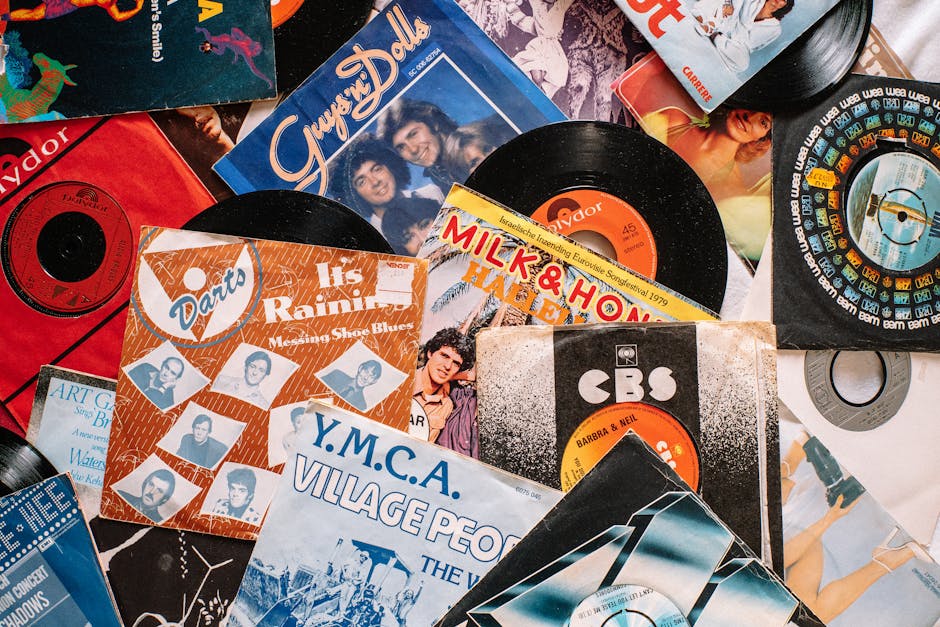
The Evolution of Abstract Art Styles: From Cubism to Minimalism
Abstract art has witnessed a remarkable evolution over the years, with each new style pushing the boundaries of artistic expression. In this blog post, we will explore the journey of abstract art from its roots in Cubism to the rise of Minimalism.
Cubism:
The birth of Cubism in the early 20th century marked a groundbreaking shift in the art world. Developed by Pablo Picasso and Georges Braque, Cubism challenged traditional notions of representation and introduced a revolutionary way of depicting the world. Artists depicted objects from multiple viewpoints and fragmented them into geometric shapes, presenting a more abstracted and multi-dimensional reality.
Abstract Expressionism:
Following the era of Cubism, Abstract Expressionism emerged in the 1940s and 1950s. Artists such as Jackson Pollock and Willem de Kooning embraced spontaneous, gestural painting techniques that emphasized the act of creation itself. Abstract Expressionism focused on conveying emotion and individualistic expression, often characterized by bold brushstrokes, dripping paint, and vibrant colors.
Color Field Painting:
In the late 1950s and early 1960s, Color Field Painting became the dominant abstract art style. Mark Rothko and Helen Frankenthaler were among the leading figures of this movement. Color Field artists explored the expressive potential of color through large, flat areas of color. They aimed to evoke emotional responses in viewers through the careful arrangement of hues.
Minimalism:
In the 1960s, Minimalism emerged as a reaction against the gestural and expressive nature of Abstract Expressionism. Artists like Donald Judd and Dan Flavin focused on reducing art to its essential elements, emphasizing simplicity and precision. Minimalist artworks often featured clean lines, geometric forms, and a restrained color palette. They sought to eliminate any trace of personal expression and instead invited viewers to engage with the purity of form and space.
As art continues to evolve, new abstract art styles will inevitably emerge, each contributing to the rich tapestry of human creativity. The journey from Cubism to Minimalism showcases the ever-changing nature of art and the boundless possibilities of abstract expression.

